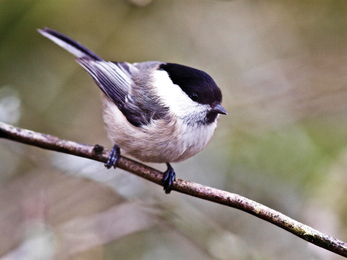Stocksmoor Common Nature Reserve
Know before you go
Dogs
When to visit
Opening times
Open at all timesBest time to visit
March to September
About
Broadly split into two parts the nature reserve is home to rough acid grassland, which covers approximately half of the area. Moist for most of the year, one or two marshy areas exist within this grassland. Woodland has encroached on to the rest of the site, establishing after grazing ceased.
Mat grass, wavy hair-grass and tufted hair-grass dominate in the damper grassland areas – a plant community that demonstrates a halfway house between the extensively sheep-grazed uplands of the Pennines and the drier lowland acid grassland and heaths of the Vale of York. In the more grassy areas, adder’s tongue fern, common spotted orchid and common fleabane can be found.
The woodland is made up of pioneer birch, with oak, willow, gorse and hawthorn regenerating. This site is a good place to see a range of birds such as tree pipit, linnet, yellowhammer, willow tit and long-tailed tit.
In 1997 a new pond was dug and since then it has been gradually colonised by a range of invertebrates, which are an important feature of the nature reserve. Bracket fungi on the short-lived birch and the leaf litter that forms amongst the tufted hair-grass are just two of the micro-habitats that are important for a variety of beetles, flies and other types of insect. These in turn are fed upon by small mammals such as bank voles and wood mice, which themselves are food for foxes and tawny owls.
The Trust manages the site through a programme of grazing to keep down the coarse vegetation and invading scrub. Bracken is also controlled. The Trust has been involved on site since April 1965 when it was leased from Messrs Job Earnshaw and Bros Limited.
Seasonal highlights
- Spring: Birds - Tree pipit; Willow tit
- Summer: Plants - Common spotted orchid; common fleabane; Birds - Yellowhammer
- Autumn: Fungi
- Winter: Birds - Long-tailed tit
Directions
Public transport
Bus service to Midgley available from Wakefield.
By car
Stocksmoor Common is situated five miles south west of Wakefield and not far from the M1. It is close to the village of Midgely. The B6117 runs alongside the nature reserve.




